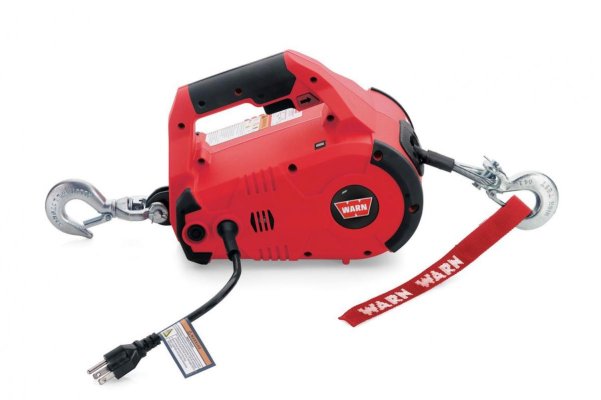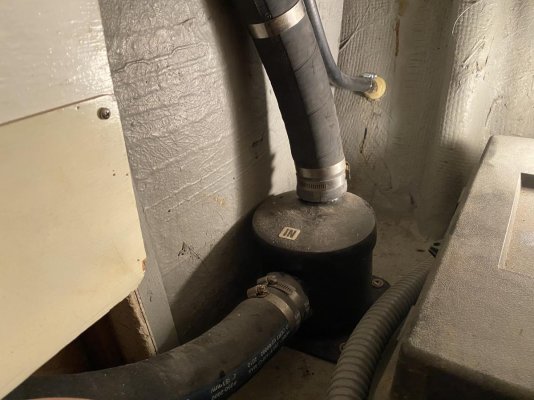Steve91T
Guru
- Joined
- Sep 12, 2016
- Messages
- 898
- Location
- USA
- Vessel Name
- Abeona
- Vessel Make
- Marine Trader 47’ Sundeck
Hey guys. Boating in the south east with small kids means we literally run the generator when we leave the dock and don’t shut it down until we get back to dock usually a few days later. When we anchor we are usually the only ones around so the noise of the generator isn’t an issue, but I feel bad for the times there is someone else around.
The generator is an old 8kw Westerbeke with 5600 hours on her. I know that’s a lot but she really runs great. It’s noisy though. And there’s quite a bit of vibration. I own an old 5.9 Cummins in my truck and when I got it the motor mounts were shot. The vibration was unreal. New mounts fixed it and it’s smooth as can be (for an old diesel).
The other thing is the exhaust. While the exhaust noise itself isn’t bad, it’s way louder than our mains, which are nearly silent. The water splashing is almost as bad as the exhaust noise itself.
A new generator is out if the question right now. But I figure mounts will be cheap and relatively easy. Not sure about the exhaust. I’ll save an underwater exhausts for the new generator.
So what have you guys done to lesson the vibration and noise?
Thanks
Steve
The generator is an old 8kw Westerbeke with 5600 hours on her. I know that’s a lot but she really runs great. It’s noisy though. And there’s quite a bit of vibration. I own an old 5.9 Cummins in my truck and when I got it the motor mounts were shot. The vibration was unreal. New mounts fixed it and it’s smooth as can be (for an old diesel).
The other thing is the exhaust. While the exhaust noise itself isn’t bad, it’s way louder than our mains, which are nearly silent. The water splashing is almost as bad as the exhaust noise itself.
A new generator is out if the question right now. But I figure mounts will be cheap and relatively easy. Not sure about the exhaust. I’ll save an underwater exhausts for the new generator.
So what have you guys done to lesson the vibration and noise?
Thanks
Steve



